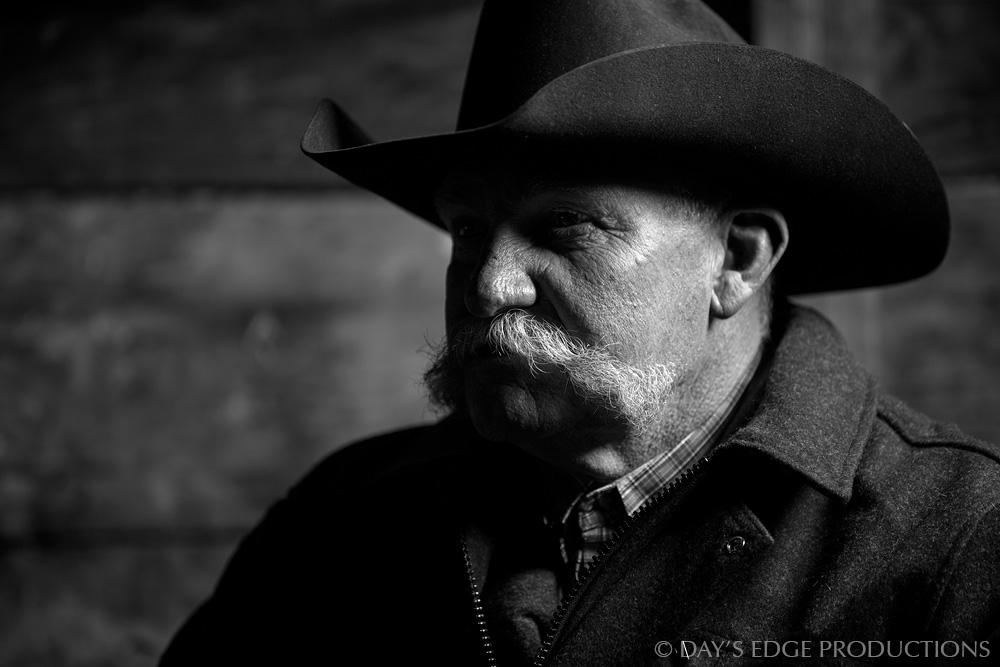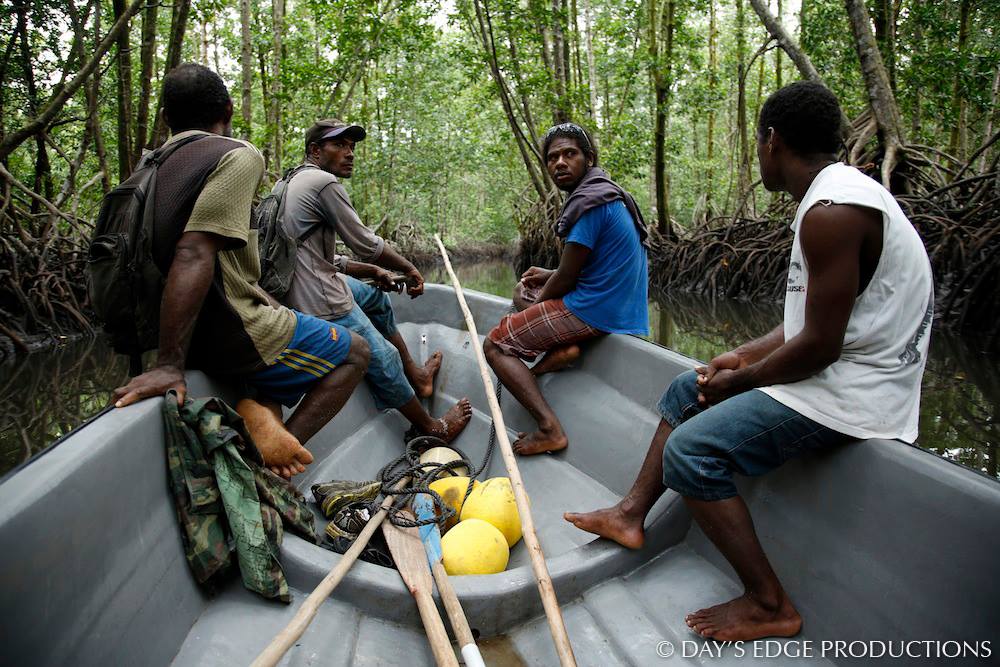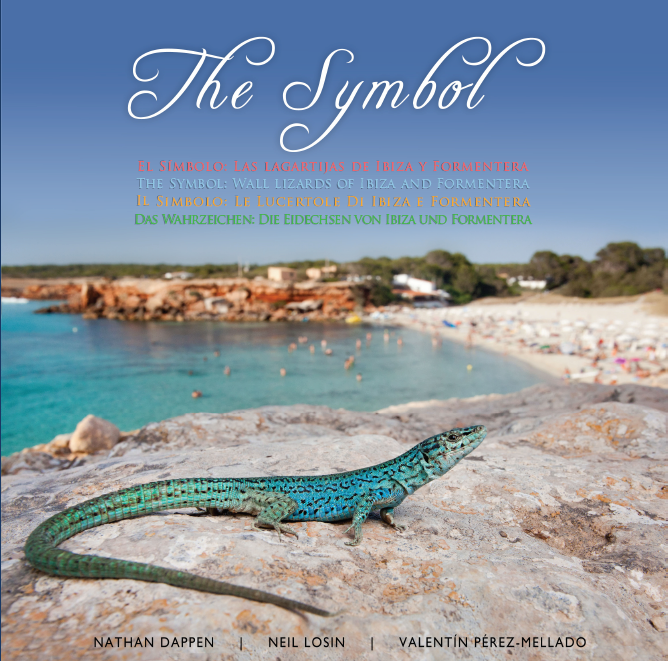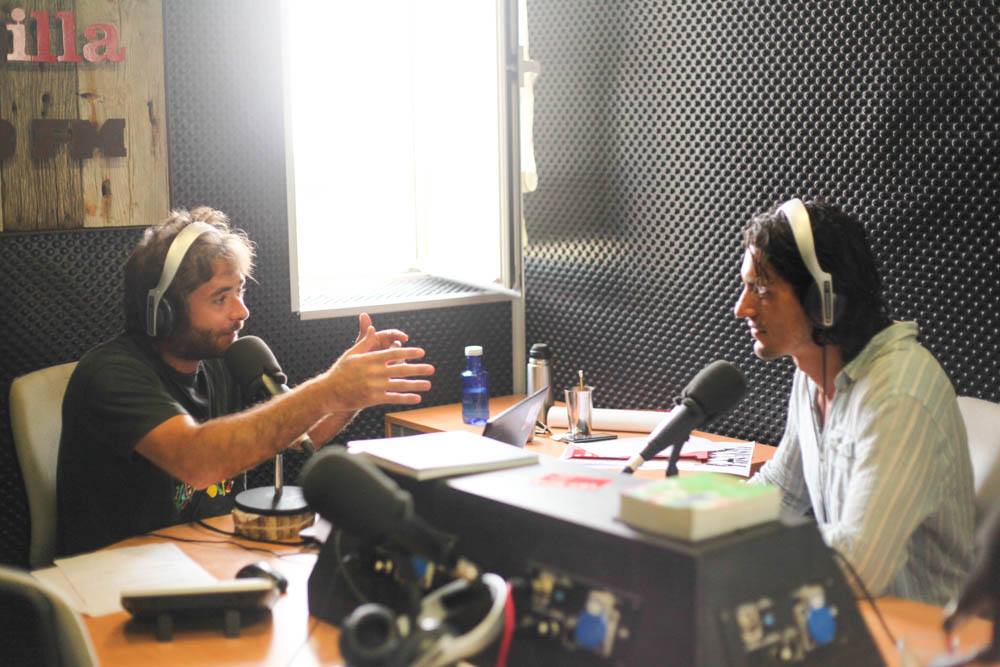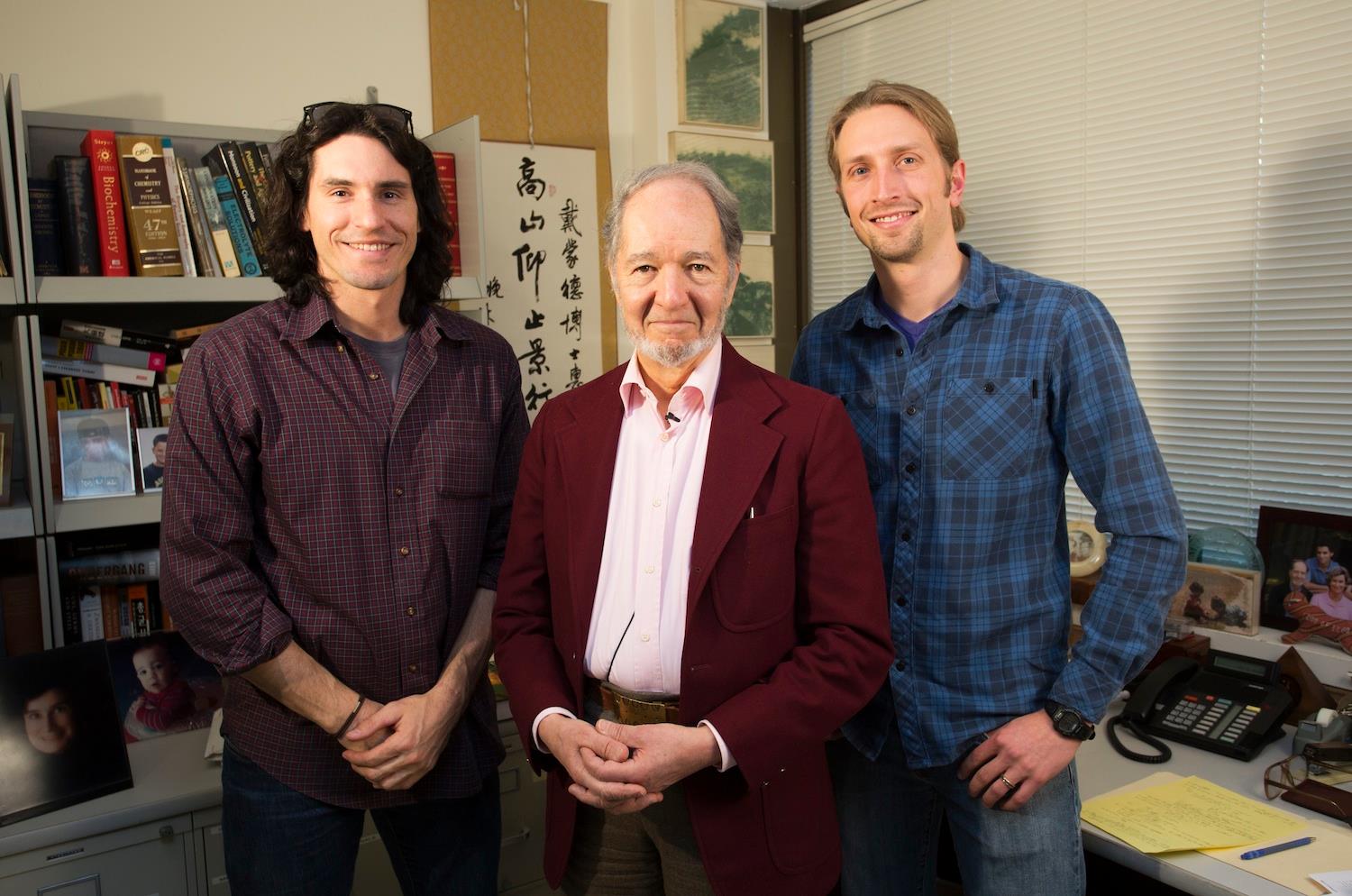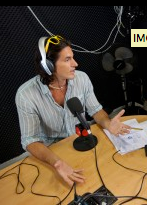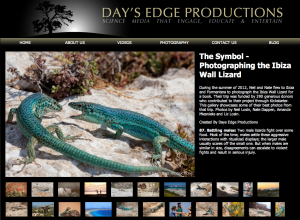2013 was another busy year for Day’s Edge Productions. We saw, photographed, and filmed some amazing things and worked in some very cool places.
But what struck us at the end of the year was that many of our most enriching experiences had come from meeting (or reconnecting with) some remarkable people along the way. Here are a few of the people that made 2013 a year to remember for Day’s Edge Productions.
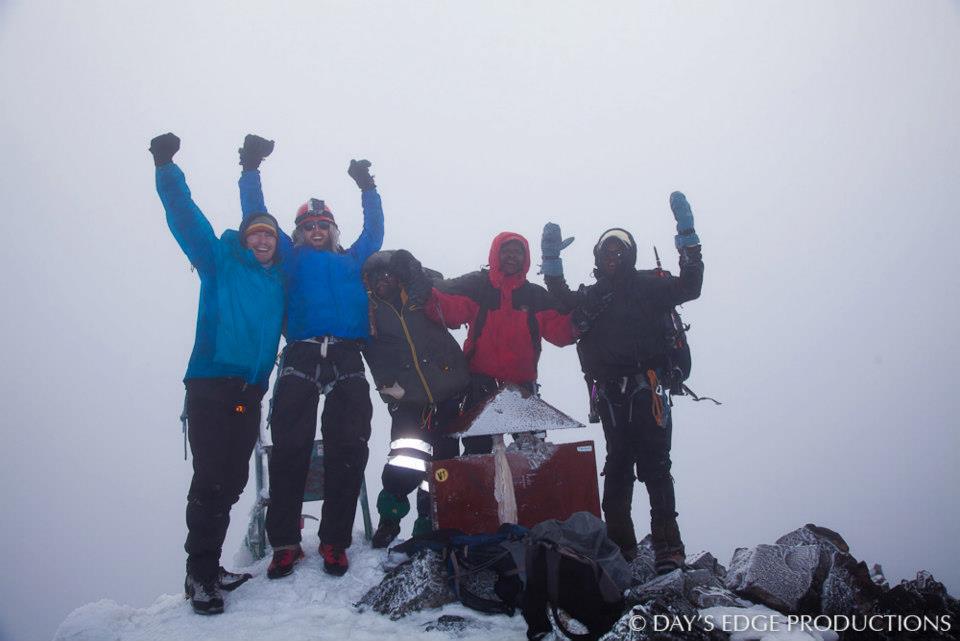
On the summit of Margherita Peak on Mt. Stanley (5,109m, or 16,763ft) – the highest point in Uganda and the third highest peak in Africa. From left to right – Nate, Neil, Lazoro, Nason and KG.
The year started off with a big adventure. In the fall of 2012, Nate and Neil won the first ever Dos Equis Stay Thirsty Grant. The grant gave them $25,000 to travel to and document the rare tropical glaciers at the mountains’ summits. In early January, Nate and Neil headed to Uganda to climb all the major peaks in the Rwenzori Mountains. Their goal was to recreate photographs of the glaciers taken by Vittorio Sella in the first-ever expedition to climb the peaks in 1906 and document the trip for a film (). In 1906, the Bakonjo, a tribe that lives in the foothills of the Rwenzori mountains, helped to lead the first-ever European expedition into the mountains. Amazingly, the same tribe helped us navigate through the mountains. This group of men were some of the toughest people we’ve ever met and it was an honor to climb these mountains with a tribe that has more than 100 years of history as the gatekeepers of the Rwenzori Mountains.

Kihuka was one of our Bakonjo porters. It took the efforts of almost 30 porters and guides – all Bakonjo – to support our 12-day exhibition. The grit of the Bakonjo consistently left us humbled; they carried twice as much weight as we did, yet moved twice as fast. But they couldn’t have been more friendly, more professional, or more helpful.
In early February, Neil headed to North Carolina for the annual Science Online conference, a gathering of like-minded folks in the science outreach world. Neil caught up with presenter , Alex Wild (macro photographer extraordinaire), Brian Krueger, and lots of other folks. It’s always a pleasure to be in such esteemed company! Being surrounded by people who are excelling in their work makes you push harder to excel in yours.
Carin Bondar shows Neil footage from the Science Online “Gangnam Style” parody video while Brian Krueger and Alex Wild look on. Photo by Russ Creech.
In early March, Nate headed to Jacksonville, FL for the biannual . The NANPA summit is a fantastic conference that attracts some of the best photographers in the world. The highlight of the conference was seeing what other young photographers are doing. Our friend Clay Bolt presented his work on and shared some of the amazing work that has resulted from that international collaboration. Mac Stone blew everyone’s minds with his presentations on Florida’s swamps. Also, Nate’s peer from the 2011 , Kari Post, was now helping to run the college scholarship program. It was great to see all the amazing things people are up to!
In March, Neil and Nate embarked on the first of two 2013 expeditions to the Solomon Islands for their film Incipient Species. The film stars Dr. Al Uy, professor of biology at the University of Miami, and highlights his latest research on Monarch Flycatchers, a group of birds that seem to be caught in the act of speciation – the process by which new species arise. Working with Dr. Uy was inspiring; he’s one of the top researchers in the field, his research is amazing, and he’s passionate about including the local Solomon Islanders in his research. Al’s wife, Dr. Floria Mora-Kepfer Uy, is an accomplished biologist herself, specializing in the behavior of social insects.

Dr. Al Uy, Dr. Floria Uy, and Lonsdale, the captain of Dr. Uy’s local field team in the Solomon Islands.
In April, Nate and Neil visited the windswept Nebraska Sandhills to film a story for the World Wildlife Fund. The film, , follows the Switzer family, who operate a cattle ranch and ecotourism operation in the sandhills. One of the biggest events on their calendar is the annual Nebraska Prairie-Chicken Festival, when they host a hundred or more eager birdwatchers and photographers on their property to witness the mating dance of the Greater Prairie-Chicken. The birds were fantastic, of course, but it was the Switzers themselves that stole the show. They couldn’t have been more welcoming to a couple of filmmakers who came in knowing nothing about ranching, and it was a real privilege to have an insider’s look at their ranching lifestyle. The whole family is passionate about their land and the wildlife on it, and it shows – their property is beautifully managed to balance the needs of their business with the needs of native plants and animals.
In May, Neil headed to New Orleans to photograph and lead inventories at the annual National Geographic / National Park Service BioBlitz, a 24-hour species inventory conducted in a different park each year. In 2013, it was Jean Lafitte National Historic Park and Preserve, a beautiful swampy property just outside New Orleans proper. Of course, many interesting plants and animals were found, but the best part of the event was working with some amazing photographers. iLCP photographers Clay Bolt, Karine Aigner, and were there to cover the event for National Geographic. And some other talented folks – Paul Marcellini, Andrew Snyder, Britt Brown, , Todd Amacker – also showed up to help out. Good times were had by all!
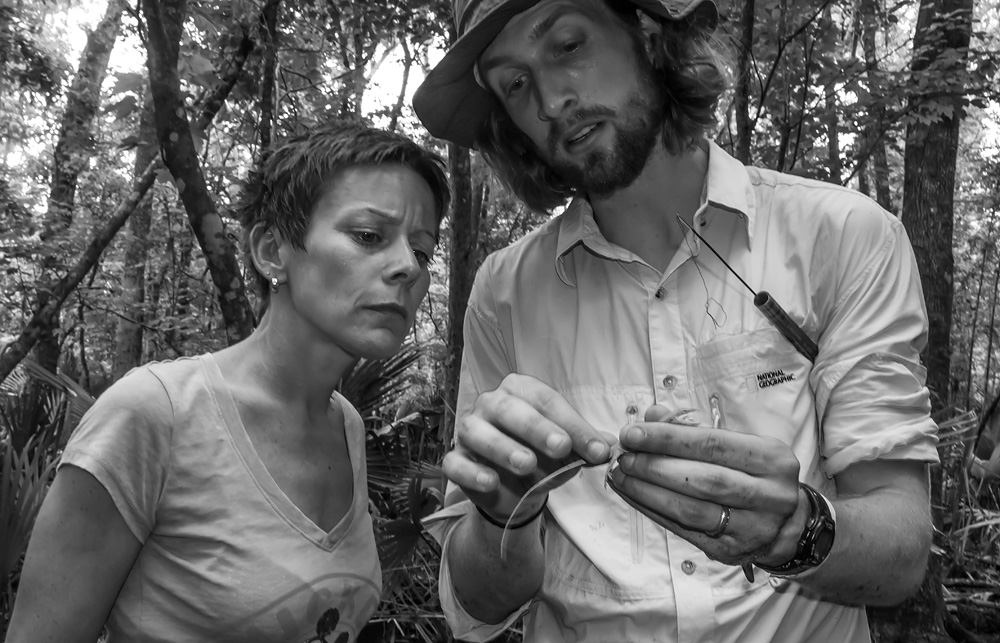
Neil discusses a green anole (Anolis carolinensis) with iLCP photographer Karine Aigner. Photo by Todd Amacker.
In June, Rob and Haley Nelson of Untamed Science came to visit Neil in Boulder. They were just passing through, but in classic Untamed Science fashion, they couldn’t simply pass through without shooting a couple of videos in the 1 day (!) that they spent in Boulder. Rob and Haley put together two great short videos with Neil on camera, discussing a couple of specialized camera techniques (including ). It’s always a pleasure to see these guys, and working with them is tons of fun. Luckily, this wasn’t the only time that Day’s Edge and Untamed Science would cross paths in 2013 – they would also be at the Jackson Hole Wildlife Film Festival in September.
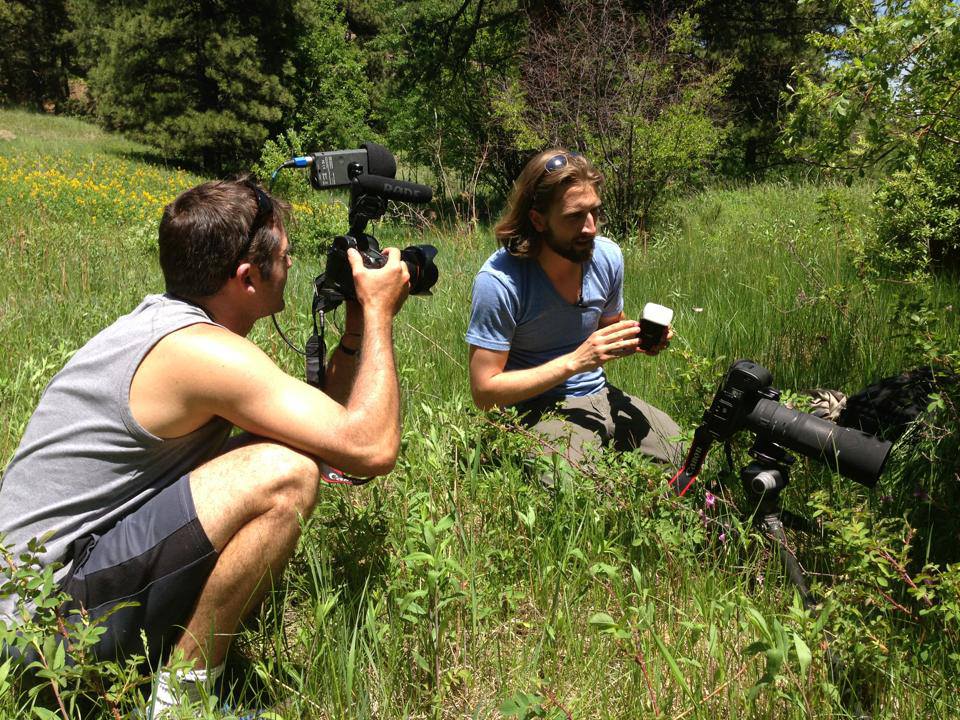
Rob Nelson films Neil talking about the “Meet Your Neighbours” photography technique in Colorado. Photo by Haley Nelson.
In mid-June, Neil and Nate embarked on their second expedition to the Solomon Islands for their film Incipient Species, starring Dr. Al Uy. There were just as many inspiring people on this second trip as the first. The Solomon Islanders never ceased to amaze us. With few modern resources at their disposal, the Solomon Islanders have become incredibly resourceful. During the expedition, they tired to teach Nate and Neil how to climb coconut trees and create fires by rubbing sticks together. In general, Nate and Neil failed at mastering these skills. Neil couldn’t manage to get the fire started, and Nate tore the bottoms of his feet off climbing the coconut tree. There is a lot to learn from people who live outside of modern technology!
On July 12th, the day after Nate got back from the Solomon Island, he headed to Spain for the release of their new book, The Symbol: Wall Lizards of Ibiza & Formentera. In the summer of 2012, Nate and Neil spent five weeks in Ibiza and Formentera photographing the Ibiza wall lizard for a book they co-authored with Dr. Valentin Perez-Mellado, about the Ibiza Wall Lizard. The fruits of their labor finally arrived in the islands in July and Nate had the opportunity to spend three weeks promoting the book in Ibiza and Formentera. During that time, Nate had the chance to say thank you to the dozens of people in the islands who helped him conduct his research, who boated him and the rest of the team to small islands, and who became his friends during the last fives years leading up to production of this book.
In mid-September, Nate headed to Oak Ridge, Tennessee for a small conference with some big-name photographers. For three days, Nate got to sit in on some inspiring presentations and conversations with people like Rob Shephard, , Clay Bolt, Gabby Salazar, and more. Everyone left the conference energized by each other’s ideas and hoping that the Oak Ridge Photography Conference becomes an annual tradition.

Photographers at Oak Ridge work together to photograph a spider – photo by Amy Gulick (another talented photographer at the conference).
In September, Neil and Nate headed to Wyoming for the biggest wildlife film festival of the year: The Jackson Hole Wildlife Film Festival. The Day’s Edge team submitted three films to the festival and two – and – were selected as finalists! Nate and Neil met some top-notch filmmakers, reconnected with others (including their friends at Untamed Science!) and had a rare chance to meet Dr. Jane Goodall – what an honor! Cody Westheimer, the fantastic musician who composed most of the music in Snows of the Nile, was also at the festival, so the Day’s Edge team got to hang out with someone they’ll undoubtedly be collaborating with in the future.
In October, Neil went to the Outer Banks of North Carolina to teach a filmmaking workshop for a UNC / Duke collaborative project called . Fifteen science grad students from UNC and Duke took a week out of their busy schedules to learn filmmaking skills while producing their first films ever – on a deadline, for a client! It was a really interesting, if slightly stressful experience. But very rewarding for everyone involved!
Neil films the North Carolina shore with Scientists with Stories workshop participants Eleanor Caves and Mariko Weber. Photo by Lomax Boyd.
While Neil was in North Carolina, had its Colorado Premiere as an official finalist in the Adventure Film Festival in Boulder. Even though Neil was away from his home in Boulder, Nate flew into town to attend the festival and help teach a workshop called Photography for all. The workshop was an activity offered through the Adventure Film Festival for people from all fields to learn about how to become better storytellers, photographers and filmmakers, no matter what their background. It was an honor to co-teach the workshop with famous Adventure filmmakers like Michael Brown, television host and filmmaker Ryan Van Duzer, conservation photographer and videographer Jason Huston and more. There are SO many talented people out there!
Then, still in October, Nate and Neil headed to South Dakota to film two more stories for the World Wildlife Fund. First, they went to the Pine Ridge Indian Reservation, where efforts are underway to designate the first-ever Tribal National Park in the US National Parks system. They met a number of remarkable people, members of the Oglala Lakota tribe, including several folks working on re-introducing a large herd of American Bison to the reservation. The connection between the Lakota and the bison is both spiritual and economic, and the passion that the Oglala Lakota are bringing to the re-introduction (and the Tribal National Park) is really inspiring.

Bryan Brewer is the President of the Oglala Lakota Tribe, and one of many people working hard to re-introduce buffalo onto the Pine Ridge Reservation.

Day’s Edge and World Wildlife Fund: The Dream Team. Matt Wagner and Jill Majerus accompanied Nate and Neil in South Dakota and were indispensable members of the team.
During the second part of our trip to South Dakota, we visited a few ranchers that WWF has identified as leaders in grassland conservation. One of the ranches that we visited was Rock Hills Ranch near Lowry, South Dakota. This ranch was run by Lyle Perman and his family. We were surprised to find out how deeply these ranchers cared about their animals, their grassland and their profession. The sacrifices they made (and continue to make) to sustain the ranching way of life is inspiring. Nate and Neil were thrilled to produce a handful of videos about their story. In addition to our films about what is happening on Rock Hills Ranch, Nate and Neil also worked on a short film about how the economic policies in the Farm Bill are incentivizing the destruction of America’s Ranch land. You can check out that video, and WWF’s campaign to influence the next Farm Bill here.
from on .
In December, Nate and Neil took their last work trip of the year to film the Pulitzer Prize Winner, National Medal of Science Recipient, MacArther Genius and Professor of Geography at UCLA, Dr. Jared Diamond. Dr. Jared Diamond’s career has spanned from physiology to evolutionary biology, anthropology to geography. On this trip, Nate and Neil were interviewing him for their film, Incipient Species, about speciation. Dr. Diamond played a critical role in some of the early research on birds in the Solomon Islands. In fact, along with Ernst Mayr (who originally identified the monarch flycatchers as incipient populations), Diamond co-authored . The interview was riveting. Diamond, deserves all the praise that has been given to him. Nate and Neil can’t wait finish Incipient Species with everyone in 2014!
To all the wonderful people we met, worked with, and were inspired by in 2013: THANK YOU! Our 2014 calendar is already filling up with exciting adventures, and we can’t wait to share more stories, images, and videos with you in the coming year!
Happy New Year!


